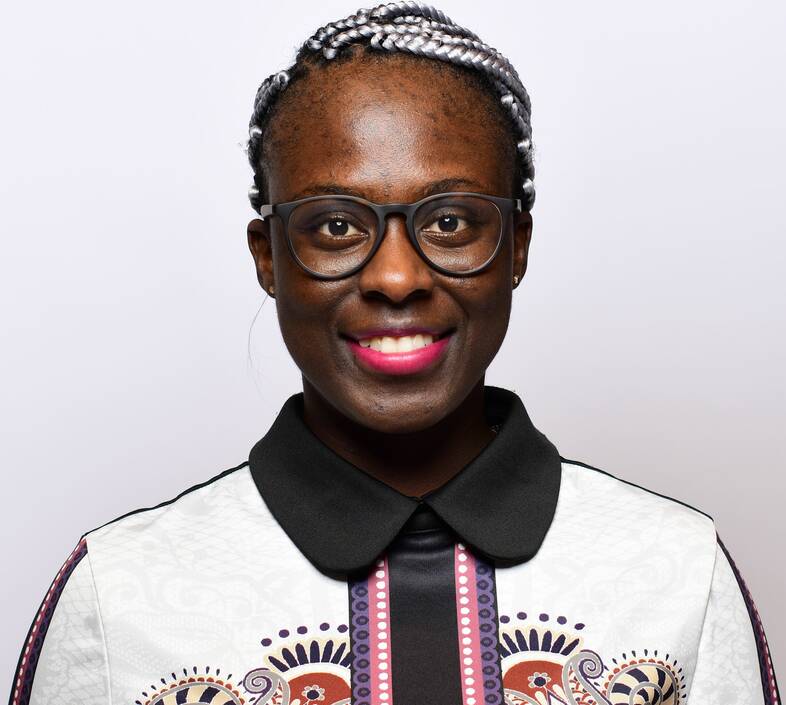Interview | Naomi Nathan, Medical Network Manager at Mobility goes Additive e.V. We Want to Melt the Barriers – How 3D Printing Is Transforming Healthcare

1. Which are the biggest opportunities that additive manufacturing will bring for the healthcare of tomorrow?
Additive manufacturing enables the personalization of pharmacological therapies to individual patient needs, with companies developing pharmaceutical 3D printers that can manufacture personalized medicines on demand. This moves away from the current 'one-size-fits-all' approach that is unsuitable for many patients.
Enhanced drug discovery through 3D printed tissue models offers more human-like environments for drug testing, potentially speeding up approvals, reducing reliance on animal models.
Point-of-care manufacturing is another revolutionary opportunity, allowing healthcare facilities to print patient-specific instruments and devices on demand. It improves outcomes, reduces costs and eliminates reliance on external suppliers.
Another transformative opportunity will emerge from bioprinting and personalized medicine, where additive manufacturing is advancing toward fabricating full organs using patients' own cells. This could potentially eliminate transplantation waiting lists and become the gold standard of future healthcare.
And perhaps most significantly, additive manufacturing will democratize healthcare by introducing advanced medical tools and treatments to remote and underserved locations globally, while dramatically reducing overall healthcare costs.
2. MGA Medical and the network for Additive Manufacturing Berlin Brandenburg (AMBER) work closely together. What role does the cooperation play for MGA?
Cooperation plays a fundamental strategic role for MGA - serving as the core mechanism for achieving our mission of advancing industrial additive manufacturing on a global scale.
MGA operates as a user-driven network that unites over 140 members. It represents users, R&D institutes, consultancies, machine and material manufacturers, AM service providers and software providers - and works closely with several other national and global AM networks. For MGA, cooperation is not just a strategy but the foundational principle that transforms individual AM stakeholders into a powerful collective force capable of addressing industry-wide challenges and accelerating technological adoption.
Working with AMBER highlights this further. AMBER serves as MGA's strategic partner towards building political momentum for AM, accessing governmental support, regional credibility, and international leverage. This transforms MGA from just an industry network into a politically and economically backed platform for AM innovation.Where is Berlin-Brandenburg already a pioneer with regards to medical applications of AM and where do you see potential for the future?
3. Where is Berlin-Brandenburg already a pioneer with regards to medical applications of AM and where do you see potential for the future?
Berlin-Brandenburg has established itself as a European pioneer in medical additive manufacturing through groundbreaking bioprinting and tissue engineering research at companies like Cellbricks and institutions like Charité's Julius Wolff Institute.
The region's strength is also anchored by the AMBER initiative with over 60 players and 20 million Euro in funding supporting personalized medical technology projects.
The combination of strong research institutions, targeted government funding, established industry networks, and a thriving startup ecosystem positions the region to lead Europe in medical additive manufacturing innovation, particularly in bioprinting, personalized medical devices, and regulatory frameworks for medical AM applications.
Berlin-Brandenburg has significant potential to become Europe's leading 3D printing hub by 2030.
4. How does the regional ecosystem of Berlin and specifically the Cluster HealthCapital Berlin Brandenburg play for the activities of MGA Medical?
The regional ecosystem and the cluster provide essential infrastructure and networking platforms that significantly amplify MGA Medical's activities and impact in the medical additive manufacturing sector.
It further connects the broader health systems stakeholders to the world of Additive Manufacturing.
The region provides MGA Medical with access to more than 140 hospitals and over 40 scientific institutions, around 360 medical technology, 280 biotech and 35 pharmaceutical companies, creating a comprehensive network of potential collaborators and customers.
MGA Medical’s high-profile event EHFAM spotlights the transformative potential of 3D printing in healthcare.
Weiterführende Links:
Personal details:
Naomi Nathan is a trained medical doctor and a health systems and policy specialist. In her role as Medical Network Manager at Mobility goes Additive e.V. (MGA), she promotes collaboration in medical additive manufacturing, focusing on a user-driven approach. Prior to joining MGA Medical, she worked on the governance, reform and collaboration of healthcare systems at the WHO Regional Office for Europe. She is interested in understanding and providing innovative solutions to global health system problems. She has also held various roles in organizations in Europe.



